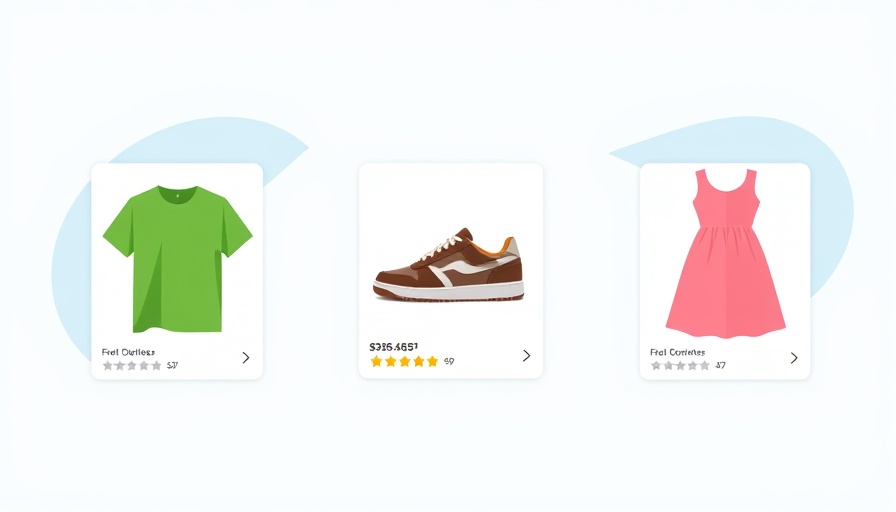
Google Enhances E-commerce Experience with Merchant Opportunities Report
In a bid to streamline online shopping experiences, Google has introduced the new Merchant Opportunities Report through Search Console. This represents a significant upgrade aimed at helping retailers enhance their product visibility in Google Shopping. By renaming the previously known Shopping Tab Listings Report, Google signals its commitment to improving merchant tools and adapting to the evolving landscape of e-commerce.
What’s New in The Merchant Opportunities Report?
This update equips store owners with a variety of features that make it easier to manage payment options, shipping policies, and customer reviews. Notably, the Merchant Opportunities Report allows merchants to add and update e-wallet payment methods such as Google Wallet, Apple Pay, and PayPal directly through the Search Console.
Managing Payment Methods Effortlessly
Retailers now have the capability to visibly promote accepted payment methods, including popular digital wallets, which are increasingly demanded by consumers today. By following a straightforward process—adding e-wallets to their checkout pages and allowing guest checkouts—merchants can optimize their sales potential significantly.
Building Trust with Store Ratings
Research indicates that ads showcasing store ratings can enhance click-through rates by an average of 2%. The new tools within the Merchant Opportunities Report enhance this capability by enabling store owners to gather and display customer reviews effectively. By integrating third-party ratings from reputable sources like Trustpilot, and even direct customer feedback, businesses can build consumer trust and improve their ranking in search results.
Shipping & Returns Management Made Simple
Managing shipping and return policies is now more straightforward with integrated tools that ensure merchants set clear expectations for their customers. The ability to specify delivery times, shipping costs, and return policies is automatically updated within Google Shopping, allowing a seamless connection between store management and customer experience.
Looking Toward the Future of E-commerce with Google
As part of a broader tech trend moving into 2025, Google’s improvements to the Merchant Opportunities Report reflect a growing emphasis on enhancing the E-commerce ecosystem. These changes not only allow merchants to enhance visibility and trust but also leverage actionable insights that can lead to increased sales. The automation of shipping details and the manual review of return policies structure a robust framework that supports merchants’ growth in a competitive market.
Whether you are an established retailer or a budding e-commerce entrepreneur, utilizing the new features of the Merchant Opportunities Report could be pivotal in advancing your online store's strategy. Be sure to stay ahead in this fast-paced digital landscape by integrating these updates effectively.
 Add Row
Add Row  Add
Add 




Write A Comment